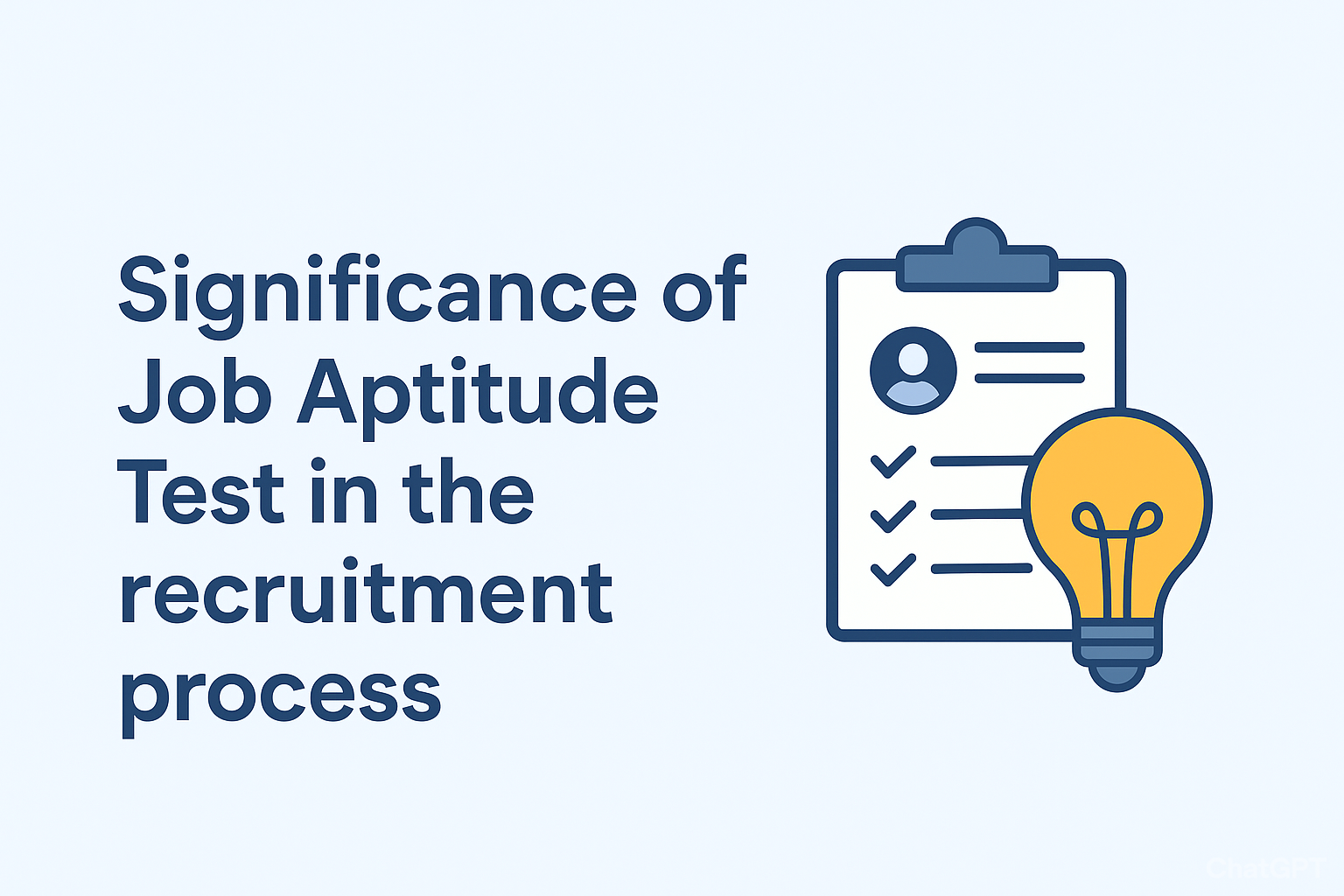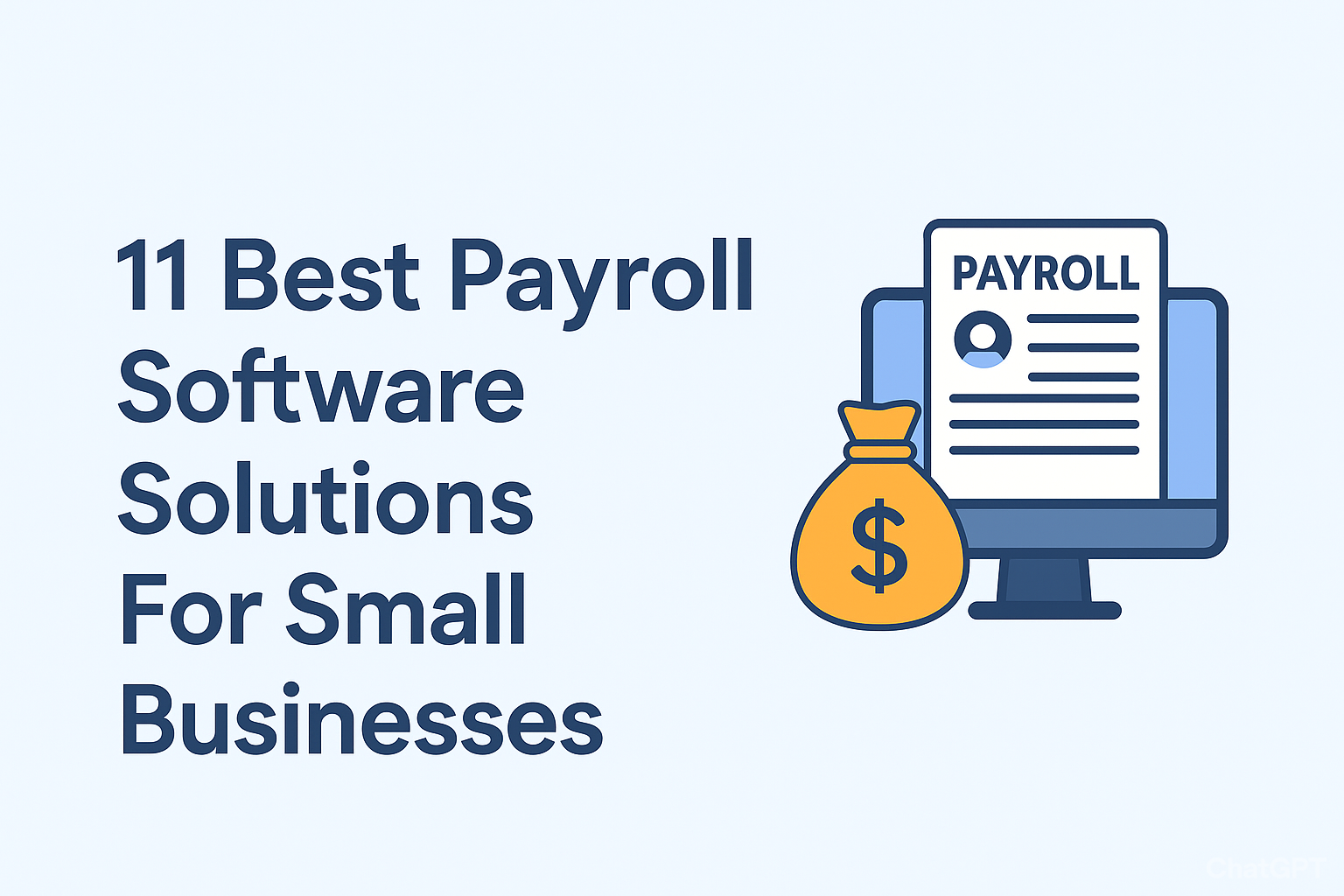Last Updated on February 15, 2024 by Saira Farman
Prototype machining services is a vital process to create a successful product, especially in such a competitive global market environment. Many people think that product definition decides a product development, but the actual activities involved are far more than that. With the support of advanced CNC machining prototyping in the product development phase, the rapid manufacturing company can catch the peace of the age.

Table of Contents
A Successful Product Development Track
What is world-class manufacturing? Everybody knows that Apple and Tesla are great leader enterprises in their focused market and their new inventions have deeply changed our ways of life. So, how and why they achieve success?
The Humankind world is getting smaller due to developments of IT technology by bounds and leaps. World-class manufacturing is achieved by those companies which are the best in the field to predominate the competitive priorities such as quality, price, delivery speed, delivery reliability, flexibility, and innovation. And among enterprises, the greatest companies go further on the innovative products to drive humankind developments.
Product Prototyping and Its Impact
The direct impact of a shorter product development time includes the opportunity to sell the product at premium prices early in the life cycle, and enjoy a longer market life cycle. In addition, the benefits include faster breakeven on development investment and lower financial risk, which leads to greater overall profits
A viable solution is simple and easy to produce with good quality and low cost. Product prototyping can be used as an evaluation tool in the engineering design process. Prototyping plays a key role in product innovation. It not only helps to quickly develop a product by providing a good tool for problem-solving and can validate a concept, but also a prototype can play a vital role in innovation because it can be used as a visual to help communicate the product’s purpose and feel. By doing this, different teams can look at the prototypes and use them as a stepping stone to further develop the new products.
When are prototype machining services needed?
Before a prototype is made, it is very important to define the goal of the prototype so that the level of detail of the prototype can be determined. A prototype can be used for many purposes as follows:
. Gather initial user requirements
. Show proof of concept to senior management
. Validate system specifications
. Explore solutions to specific usability or design problems
. Deliver early proof of concept
. Resolve fuzziness in early stages of design
. Manage change requests
. Validate evolving user requirements
. Increase constructive user participation
Common mistakes in product prototyping
Despite the advantage of prototyping in product development, there are some possible drawbacks to develop a prototype.
For example, Part of the purpose for prototyping is to assess customers’ needs; However, when the customer request excessive changes, there may be conflicts between developers and customers. This leads to a related question: how does one manage the schedule for a development cycle that is essentially open-ended? Will the prototype over disappointing customers? Sometimes these issues are unavoidable, but they need to be carefully managed and planned.
To meet the expected results of the customer,the key is product performance and the expectations from the customer. There are several ways to resolve the issues, such as build the expected performance into the prototype, develop realistic specifications, distinguish between primary and secondary requirements, and give customers a crash course in prototype development. It is necessary to give the customer a crash course in prototype development because it will allow one and one’s customer to land on the same page as the project progresses. This is key to the development of realistic specifications that will warrant one to distinguish between primary and secondary requirements to meet the customers’ true expected needs.
Other commonly seen mistakes in the prototyping process include as follows:
(1) commitment too early to a particular design; (2) gaining a false view of how long the system will take to complete based on the time taken to prototype; (3) too many design iterations that could lead to maintenance and/or operational problems associated with previous versions; (4) the performance characteristics of prototypes misled the customer;(5) utilizing materials or methods that do not reflect the final design, leading to erroneous performance data.
One is done with prototyping when the prototype meets all the requirements of the final system, when the prototype has a limited purpose (e.g., gathering initial requirements) and that purpose has been achieved, or when developers and users jointly agree to move on to the next stage.
However, some people may say that it is done when one runs out of time or money. But, if a prototyping activity is terminated due to lack of time or money before the objectives are accomplished, the prototyping activity fails. In the beginning stage of a product development project, a common mistake is constructing a full model of the final product—what it will look like, how it will work, and so on. But, A misconception is that the closer one’s prototype is to the actual thing, the better the evaluation will be. Very often, one may find that one still has so many design options to try, but the time or money is running out. In other words, overcommitment of resources to one prototype in a early process without examining other options is a poor engineering design.
When should stop prototyping?
It is closely related to the prototyping goals. In other words, one can say that one is done with prototyping when the prototype meets all the requirements of the final system, when the prototype has a limited purpose (e.g., gathering initial requirements) and that purpose has been achieved, or when developers and users jointly agree to move on to the next stage. Some people may say that it is done when one runs out of time or money. It may be truly provided that it is planned from the beginning. If a prototyping activity is terminated due to lack of time or money before the objectives are accomplished, the prototyping activity fails.
In the beginning stage of a product development project, a common mistake is constructing a full model of the final product—what it will look like, how it will work, and so on. A misconception is that the closer one’s prototype is to the actual thing, the better the evaluation will be. Very often, one may find that one still has so many design options to try, but the time or money is running out. In other words, overcommitment of resources to one prototype in a early process without examining other options is a poor engineering design.
How to prototyping during prototype development?
Among product development activities, products prototype verification plays such an important role to find your failure.
Design aims to invention. As one thinks about the essential nature of an alternative design, one mentally formulates an invention. In the product invention process, many technical problems need to be resolved.
Read More: Why do you need rapid prototyping?


























